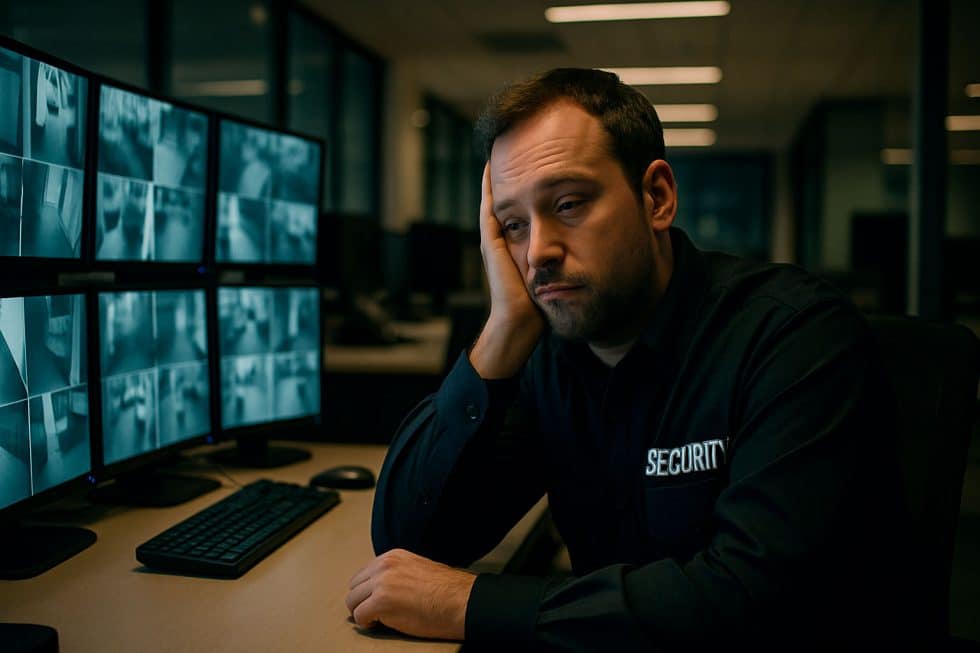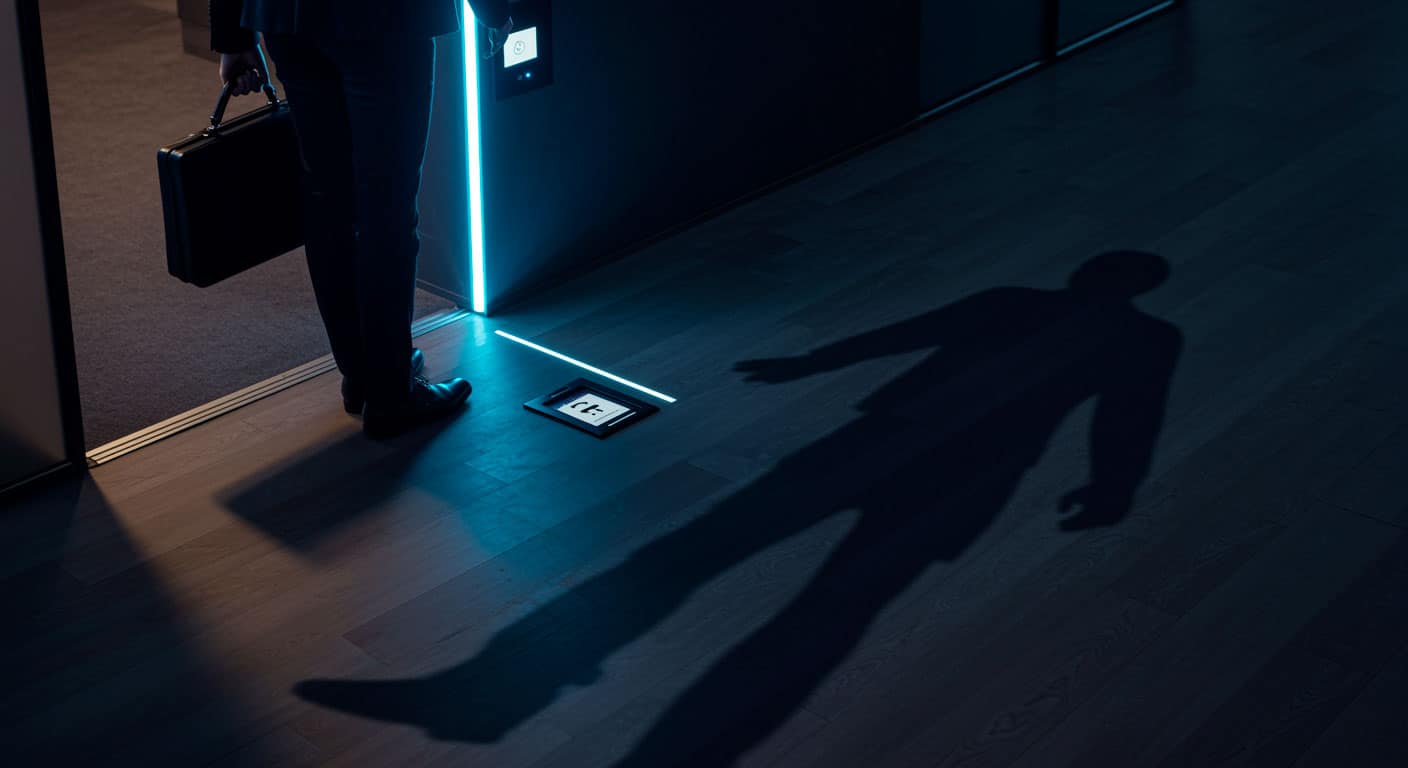When procedure overload really undermines corporate physical security
In an age when protecting corporate assets is a top priority, the paradoxical risk is that the very excess of controls and procedures ends up weakening security itself. It happens when employees, operations managers or supervisory staff begin to perceive security protocols not as tools for protection, but as a burden, an obstacle or – worse – a formality to be circumvented. This is what is called “security fatigue,” or psychological and operational fatigue resulting from an overload of security-related activities, constraints and obligations.
A concept already familiar in cybersecurity, but now more relevant than ever in physical security as well.
What is Security Fatigue
Security fatigue means exhaustion. It is the mental state in which personnel, subjected to constant security-related stresses, begin to mentally disengage, simplify, do the bare minimum or even ignore certain procedures.
In the physical context, this can manifest itself in many ways: a guard who no longer carefully checks badges, an employee who opens a door to anyone to avoid discussion, a technician who disables alarms “out of convenience.” The company, in the belief that it is more protected by strict policies, may actually find itself more exposed than before, precisely because of human behavior.
The signs not to be ignored
There are alarm bells that may indicate the emergence of security fatigue:
-
- Recurrent complaints about procedures being too complex or intrusive.
- Informal violations (swapped badges, doors left open, unregistered access).
- Decline in motivation by security personnel.
- Increased noncompliance detected in spot checks.
- Tendency to bypass reporting or escalation procedures.
These signs not only indicate a problem with adherence to protocols, but reflect a misalignment between security, corporate culture and daily operations.
The consequences: more fragility, more risk
A security system that overloads people and processes risks generating the opposite result to the one intended. Constant mental load lowers attention. Rules, when too many or unintuitive, lose authority. Abnormal situations-which should alert personnel-go unnoticed because one becomes desensitized to risk.
The implications? From unauthorized personnel entering sensitive areas, to disabling alarm systems, to compromising business continuity or violating security regulations.
How to prevent it: rigor, but without rigidity
Preventing security fatigue means adopting a smart security approach: sound in principles, but agile and adaptive in processes. Some best practices:
-
- Streamline procedures: fewer steps, more clarity. Make protocols understandable and applicable in the field, even under stressful conditions.
- Realistic training: fewer slides, more practical cases. Staff need to understand the “why” of procedures, not just the “what to do.”
- Involve users: gather feedback from those who experience security every day, to correct what is perceived as unnecessary or inefficient.
- Use of smart technologies: automation can lighten the human load and reduce errors (e.g., smart badges, AI for anomaly recognition).
- Monitor the psychological status of security personnel with field observations and periodic interviews.
Synergistic work between Security and HR
Fatigue risk is cross-cutting and must be addressed in an interdisciplinary way. It is not only the responsibility of the security manager, but also of the HR manager, who must monitor organizational well-being and the effect of policies on motivation.
The common goal should be to build a culture of safety that is “lived,” not imposed. An environment where protection is part of the routine, not an obstacle to work.
Conclusion
Physical security is not a sum of barriers and controls. It is a dynamic balance between technology, procedures and human behavior. Ignoring the human factor-and the cognitive load that policies generate-can frustrate even the most technologically advanced solutions.
Recognizing, preventing, and managing security fatigue today is not an option. It is a strategic priority for any company that wants to make security not only more effective, but also more sustainable.



